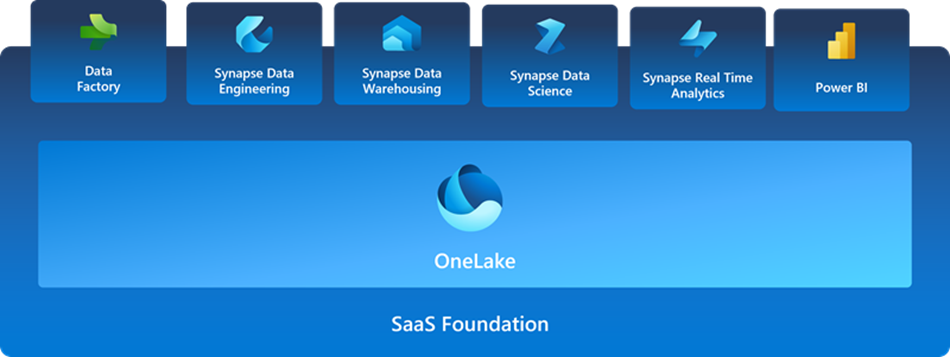Why the Azure community should start planning for Microsoft Fabric today

FREE Membership Required to View Full Content:
Joining MSDynamicsWorld.com gives you free, unlimited access to news, analysis, white papers, case studies, product brochures, and more. You can also receive periodic email newsletters with the latest relevant articles and content updates.
Learn more about us here

Formerly code-named Project Trident, Microsoft announced Fabric at the Build 2023 conference on May 23. Satya Nadella described Fabric as the most significant data platform innovation since SQL Server.
Microsoft Fabric combines familiar tools including Data Factory, Synapse, Preview, Azure Data Explorer, and Power BI in a SaaS platform that aims to provide a single location for your analytics needs while being able to adapt to various user personas: data engineer, data scientist, and Power BI developer.
Microsoft revealed a range of exciting new capabilities as part of the Fabric release:
- OneLake, “the OneDrive of data,” based on Azure Data Lake Gen2 storage, to eliminate data silos.
- Copilot, bringing in the capabilities of large language models to allow you to describe the insights you are looking for in natural language.
- Direct Lake mode for Power BI, combing the real-time query capabilities of Direct Query with the performance of Import mode.
- Shortcuts allow you to directly access other internal and external data sources, including AWS S3 and Google Storage.
- Git integration for CI/CD.
OneLake is, in my opinion, the most compelling change. Data will be stored in open-source parquet and delta formats. Data can be shared across the spectrum of users without additional data movement. Multiple warehouses or lakehouses share the data, similar to the Snowflake model. By combining all of the capabilities in Fabric, Microsoft is positioning itself to challenge the Snowflakes and Tableaus of the world.
Services and data within Microsoft Fabric are managed within the workspace context, like a Power BI workspace. Each workspace has security that allows you to manage work being completed within the workspace, as well as the data generated or managed within that space. This allows for a flexible implementation while at the same time leveraging unified security, as noted above. Business teams might own their entire data estate from ingestion to reporting. They can then share that content with other business areas while maintaining the security and quality of the data they own from a business perspective. This allows businesses to have data managed by the team that best understands their data, not necessarily a technology team. This is commonly referred to as a data mesh architecture and is easily supported within Microsoft Fabric.
FREE Membership Required to View Full Content:
Joining MSDynamicsWorld.com gives you free, unlimited access to news, analysis, white papers, case studies, product brochures, and more. You can also receive periodic email newsletters with the latest relevant articles and content updates.
Learn more about us here